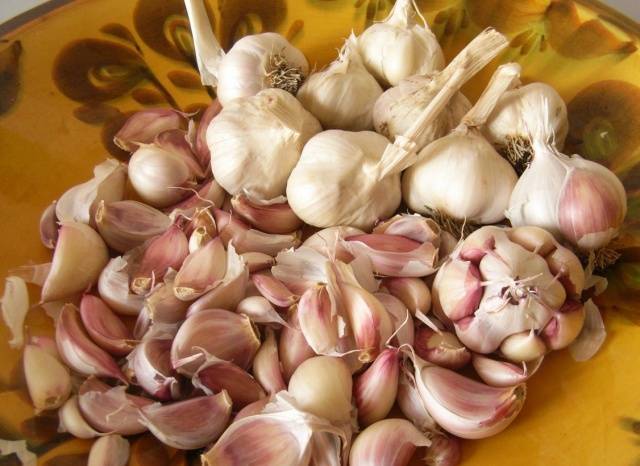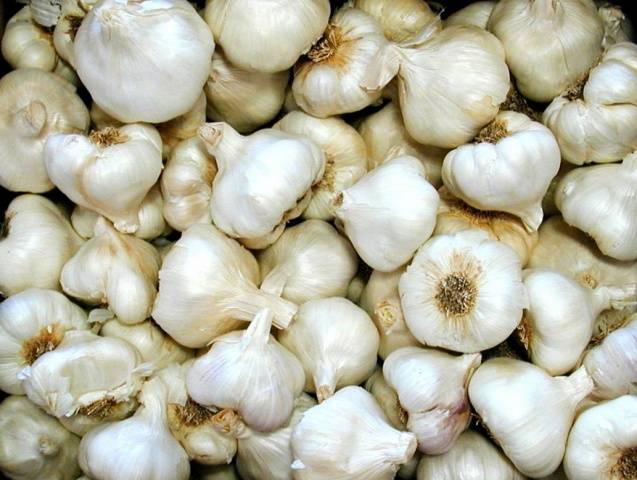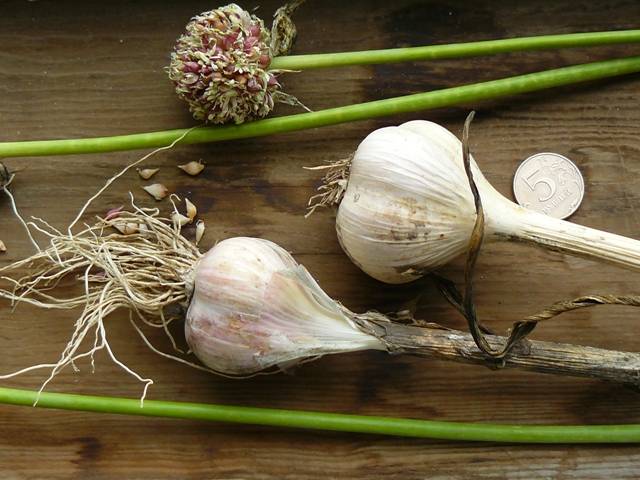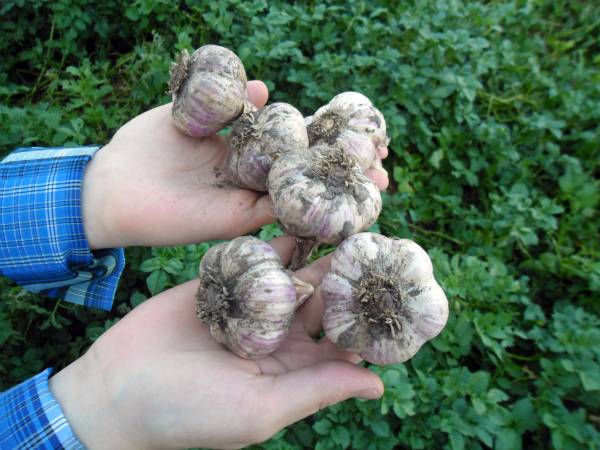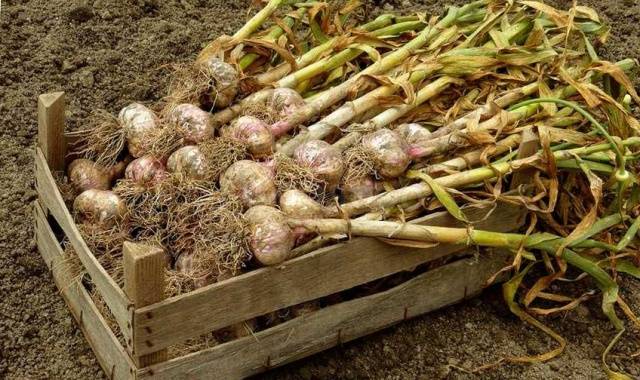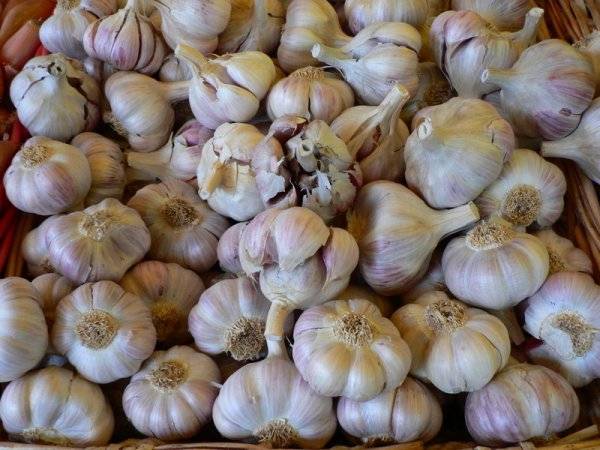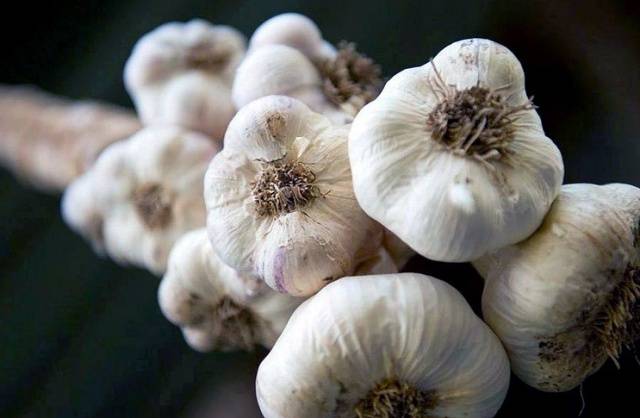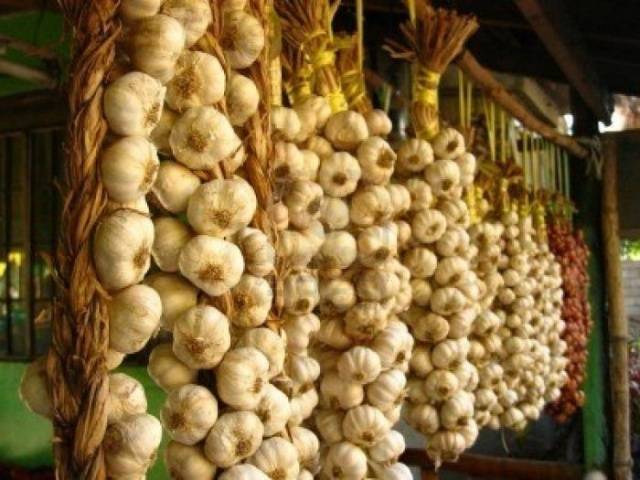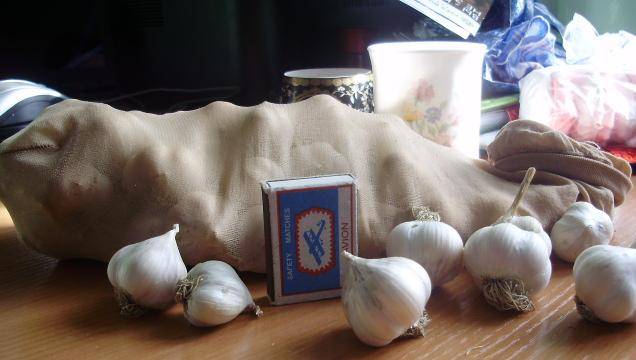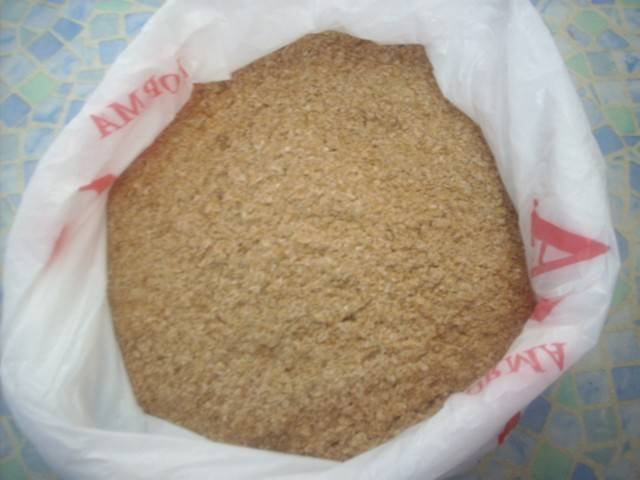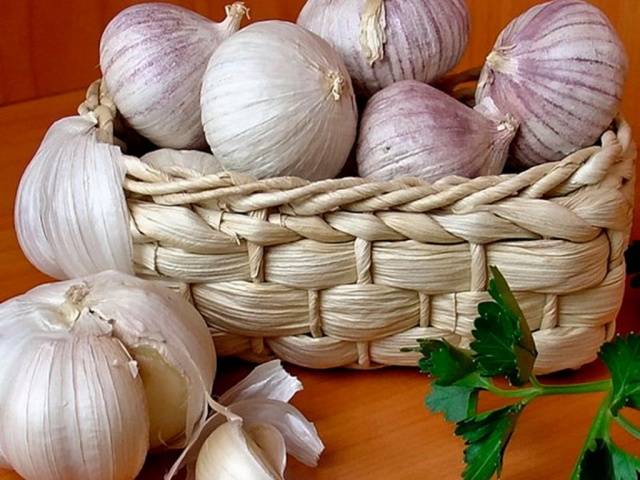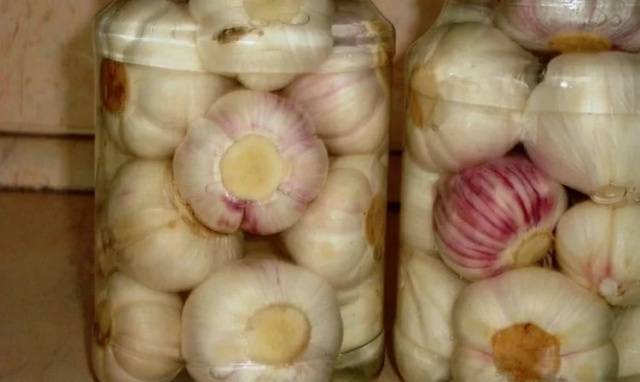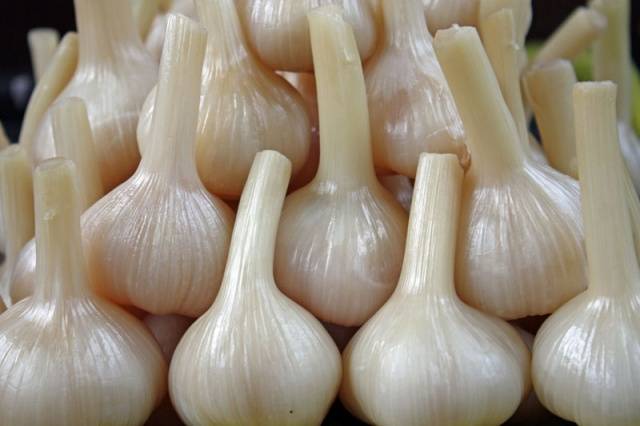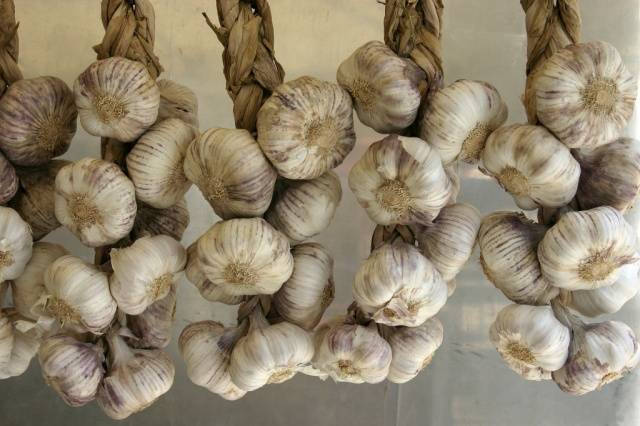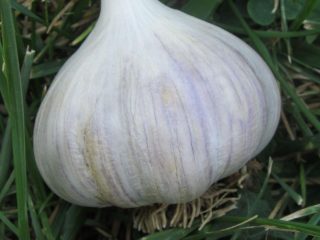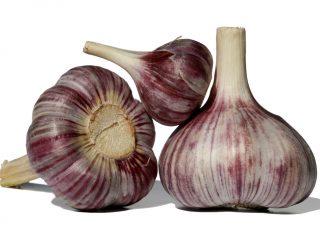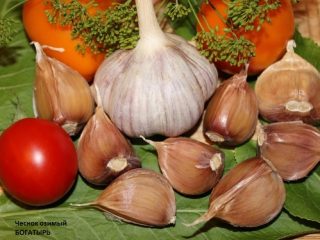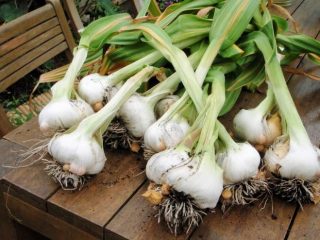Content
Garlic is a versatile condiment for almost all meat dishes, various appetizers and salads. Its healing properties are also well known. Many people successfully grow it in their garden. But not everyone knows the rules for storing spring garlic at home.
It is not for nothing that garlic received the name of the king of spices in ancient times, and the manuscripts found in Egypt contain recipes for medicinal preparations prepared on its basis.
Benefit
Today, this perennial plant of the genus onions is popular all over the world. The beneficial properties of garlic are due to the content in it of a rich set of organic and mineral compounds known to regulate many biochemical processes in the body.
Some oriental treatment systems even classify garlic as a drug only:
- possessing antimicrobial and antibacterial properties, it strengthens the body's defenses in the fight against colds and infectious diseases;
- studies confirm the plant's ability to reduce the likelihood of atherosclerosis;
- with regular use, it increases immunity, reduces blood pressure, improves vascular elasticity;
- garlic has a beneficial effect on eyesight, skin condition, heart function, and is an excellent antioxidant.
However, you should not use the spice in large quantities for people with serious diseases such as hemorrhoids, asthma, hepatitis and some others.
Types of garlic
There are two types of garlic.
- Spring - is planted in spring and ripens at the end of summer. It does not shoot, has excellent keeping quality and has a long shelf life. Its dense onion with several rows of cloves is characterized by a pungent taste. For planting, you need to choose zoned varieties so that they have time to ripen in time.
- Winter - planted in the fall, and dug up in July. It doesn't have enough protective scales for long-term storage. It is better to eat such garlic right away or use it when canning vegetables. Winter, unlike spring, lets out arrows. From them, a rod remains in the center of the bulb after ripening, and cloves are placed around. Although their number is less than that of the spring, they are larger.
Cleaning time
For storage, it is best to choose spring varieties of garlic. But in order for it to be well stored, it is necessary to harvest the crop on time and correctly.
To determine the timing of harvesting garlic, experienced gardeners advise:
- pay attention to the condition of the garlic leaves at the base - if they turn yellow, and the root collar has become soft, you can proceed to cleaning;
- bare 2-3 bulbs and examine the scales - if they are smooth and strong, the bulbs can be dug out;
- if it easily disintegrates into cloves in the hands, the time is lost - the garlic is overripe and will not be stored.
Harvesting rules
In order for the harvested harvest of spring garlic to be stored for a long time and without losses, it is important to adhere to some recommendations when harvesting it:
- digging the bulbs should be in dry and sunny weather;
- you cannot pull them out of the ground - in order not to damage the heads, it is better to use a pitchfork;
- spread burlap on the beds and spread the entire crop on it in rows - it should dry well within 4-5 days;
- cover the bulbs with leaves and grass from too bright sun so that they do not get burned;
- if the weather changes, it is better to bring the garlic under a canopy or in a well-ventilated room;
- after drying, the soil remaining on the roots must be removed carefully with your hands so as not to damage them. During drying, you should not pick off the leaves - they supply nutrients to the bulbs, making them tastier and healthier;
- when all the garlic is dry, you need to cut off its roots and leaves - you can leave up to 3-4 mm from the roots, and up to 15 cm from the larger leaves;
- sort out the bulbs and discard those damaged during digging - they will not lie for a long time;
- leave the largest specimens for planting.
Storage preparation
It is necessary to provide the garlic with optimal storage conditions:
- depending on the type, you can choose a cellar or a balcony, but you can also store it in the refrigerator;
- an important indicator is humidity - it should not be more than 70-80%;
- with a moisture deficit, all the bulbs wrinkle, but if there is a lot of moisture, they will begin to rot;
- spring garlic is perfectly stored at room temperature, and to store winter garlic, you need to create a cool environment with a temperature of up to two degrees Celsius.
Processing the bulbs before placing them on storage will increase their keeping quality. It is especially necessary for a product that is insufficiently dried or damaged during collection. Bulb processing technology is as follows:
- to prevent their germination, the roots should be scorched over a fire;
- heat the sunflower oil well and cool;
- add a little iodine - about 10 drops per half liter;
- Dip all the onions one by one in the prepared product, and then dry in the air.
Storing spring garlic
There are many storage options from which you can choose the one that is more convenient under the conditions.
Weaving braids
Braided garlic bulbs will be a wonderful decoration in the interior of the kitchen. They are made by weaving the ends of the leaves into a piece of twine. Not everyone wants to bother with braiding, so they just lay out the garlic bulbs in nylon stockings and hang them up. The disadvantage of this storage method is the likelihood of the bulbs drying out or germinating from too high a temperature and a lack of moisture in the room. You will have to periodically sort them, choosing the spoiled ones.
Old ways
Previously, the villages knew how best to preserve spring garlic.
- Conveniently store peeled garlic cloves in sunflower oil, but the container with the product should be in a dark place. The oil in which the spice was stored acquires a pleasant taste and smell and is an excellent dressing for salads.
- Garlic bulbs were often kept in flour. Thoroughly dried, they were placed layer by layer in boxes or other container with a lid and sprinkled with flour. The top of the container was closed with a lid. Since the flour absorbed excess moisture, the product was perfectly preserved until the new season.
- It was allowed to use ash instead of flour. Having sprinkled the onions with ash, it was possible to store them even in a warm room.
- Salt is a great way to preserve garlic in your kitchen cupboard.
- There is an original way to store garlic bulbs in salt bags. Small bags made of natural cotton material should be soaked in concentrated salt solution and dried. The bulbs folded in them will be perfectly protected from diseases and moisture.
- You can simply put the garlic bulbs in baskets, where they will have free access to air.
- Garlic, sprinkled with onion peels, is perfectly preserved - both boxes and bags are suitable for this. You just need to put them in a higher place.
- You can put the bulbs in a wooden box and sprinkle them with sawdust. They will keep the garlic from drying out.
- Some housewives dry the garlic cloves cut into slices, and then grind them and sprinkle them with salt. The prepared seasoning is kept in an airtight container. The disadvantage of this method is the partial loss of useful properties.
Glass jars
- Burn the roots of well-dried garlic and disassemble them into cloves. It is important that they are all intact, without damage. Dry them for another week in the open air and put them in large jars. Place the containers in a dry place without closing the lid.
- Place clean, dried onions in a jar on a layer of salt. Fill the jar with layers of garlic and salt alternately. By closing the jar with a lid, you can safely store the product for several months.
Modern ways
Over time, new materials and technologies appear that make it possible to effectively preserve various vegetables.
- If you carefully wrap each onion in plastic wrap, they will retain moisture and freshness.
- Instead of film, paraffin wax can also be used. After melting it, you should dip the onions and allow the paraffin to harden. After that, they will not dry out, covered with a protective film. It will not allow moisture to evaporate, and at the same time will protect the bulbs from the access of pathogenic microflora.
How to preserve winter garlic
The winter species is unlikely to lie until spring. But to keep it longer, you can use a refrigerator or cellar.
- In the cellar, the bulbs can be stored in baskets or nylon stockings, hanging from the ceiling. However, they must not come into contact with walls.
- Winter garlic braids perfectly thanks to the central stem. Each braid can contain up to one and a half to two dozen bulbs.
- If the garlic is small, you can peel the cloves and store in a sealed jar in the refrigerator.
- You can store the peeled wedges in a plastic bag by evacuating the air and placing it on the bottom shelf of the refrigerator.
Conclusion
Garlic is always necessary in the household and as a favorite spice, and as a preventive measure against colds. Proper storage of it at home will allow you to stock it up for the winter in sufficient quantities.
